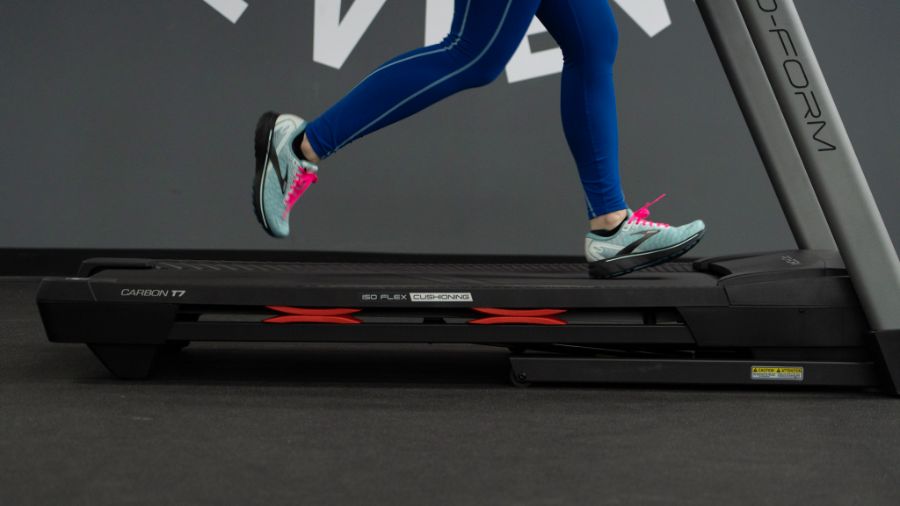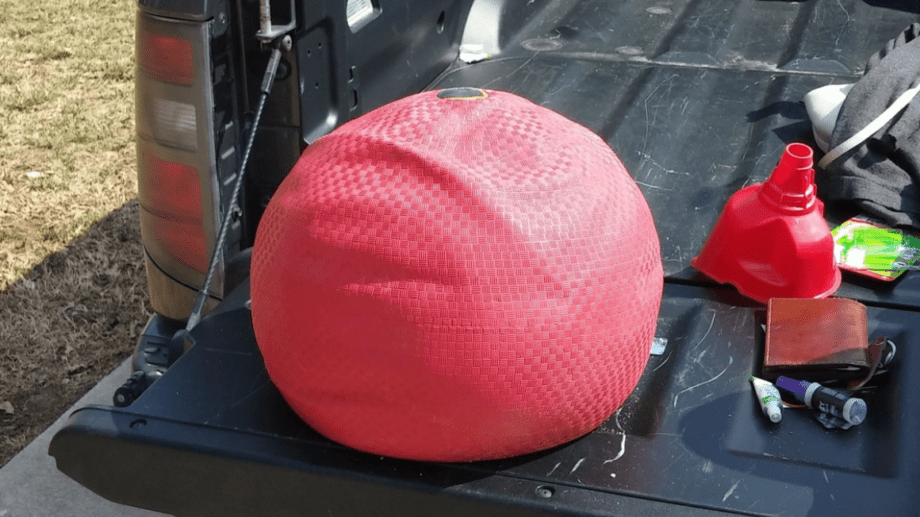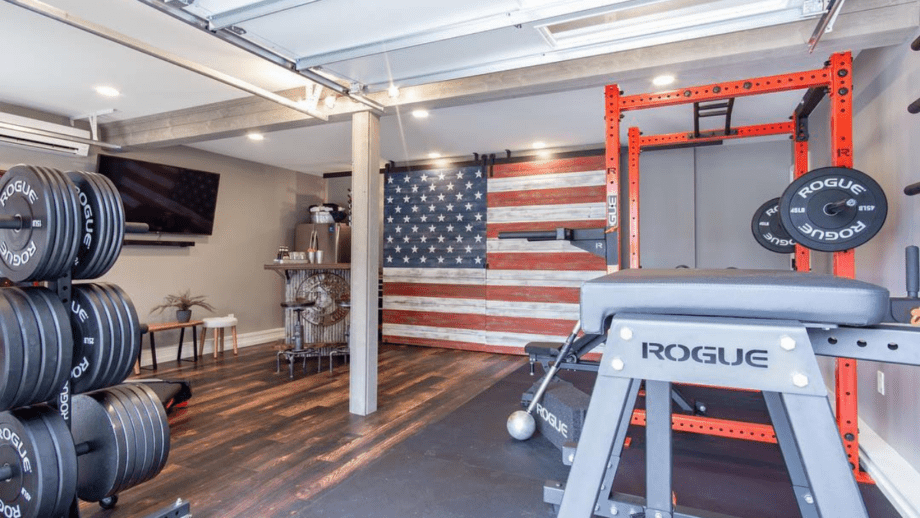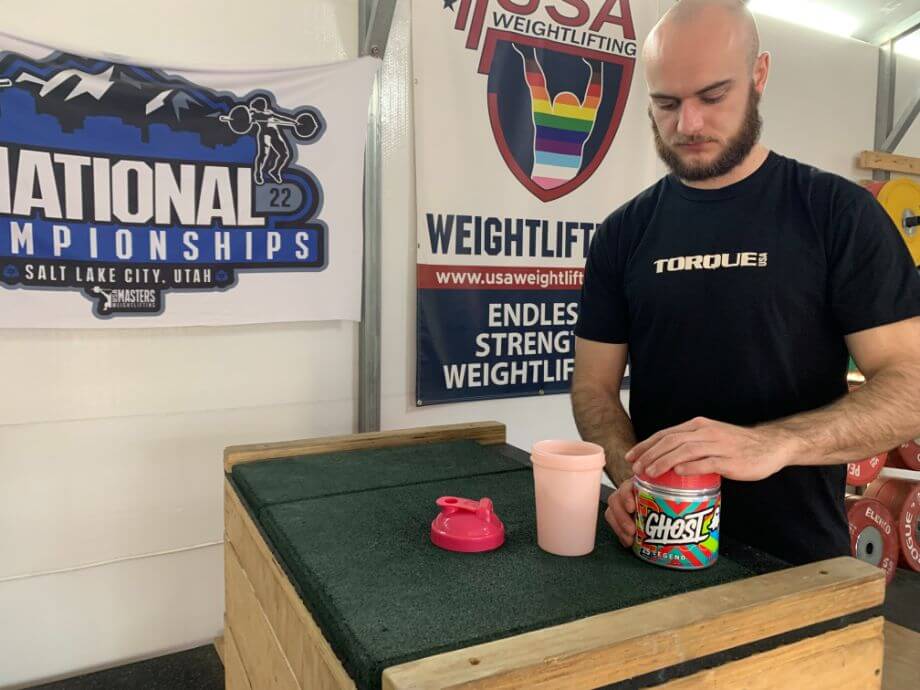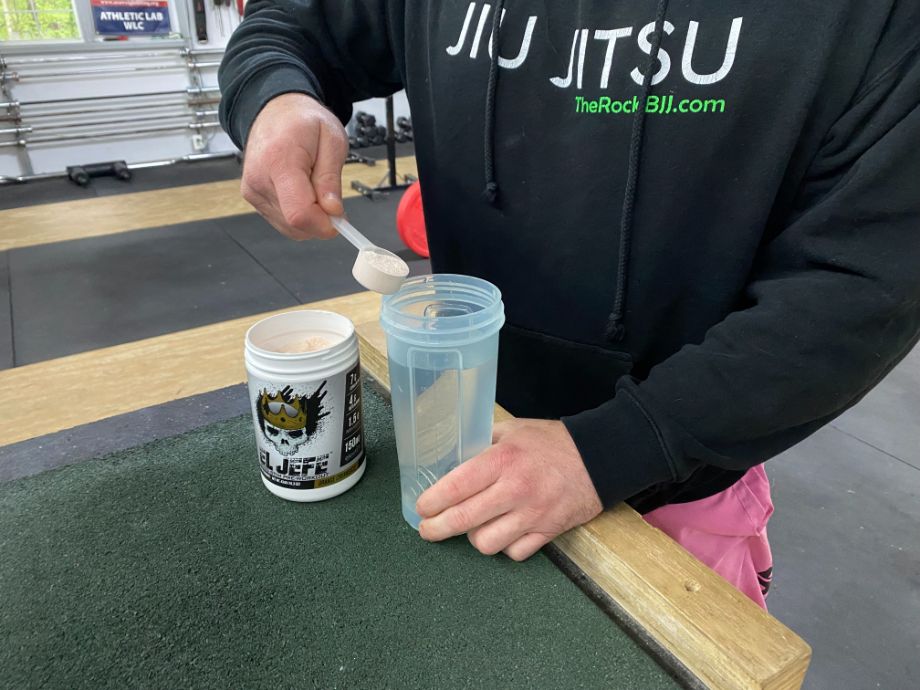Let me jog your memory really quickly: Good form is crucial for pretty much any athletic activity. After all, you don’t see dancers in the New York City Ballet slouching en pointe. The same goes for running––good running form for beginners is critical to having a safe and enjoyable workout.
But how does a new runner get started with good form? Since proper running mechanics don’t always come naturally, it’s important to practice them frequently. After a while, the core engagement, arm drive, and posture will be second nature to you.
RELATED: Running Heart Rate
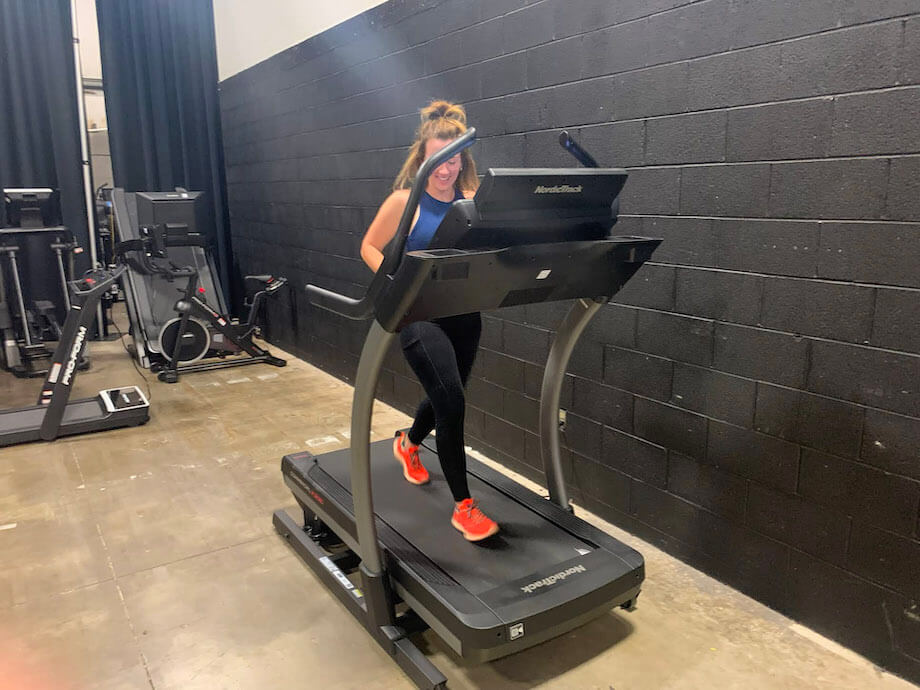
Why Does Running with Good Form Matter?
Not sure why you should bother perfecting your running form? Certified personal trainer (and GGR editor) Amanda Capritto is here to weigh in.
“Running with good technique is important for injury prevention and alleviating general discomfort during and after your runs,” Amanda explains. “You’ll want to ensure you run with good posture (relaxed shoulders and traps, upright chest, eyes forward, neck not protruding) and that your stride length and foot strike are natural for you—don’t force it.”
“By focusing on and perfecting your technique, your runs will feel easier and you’ll make yourself less susceptible to running-related injuries,” Amanda adds.
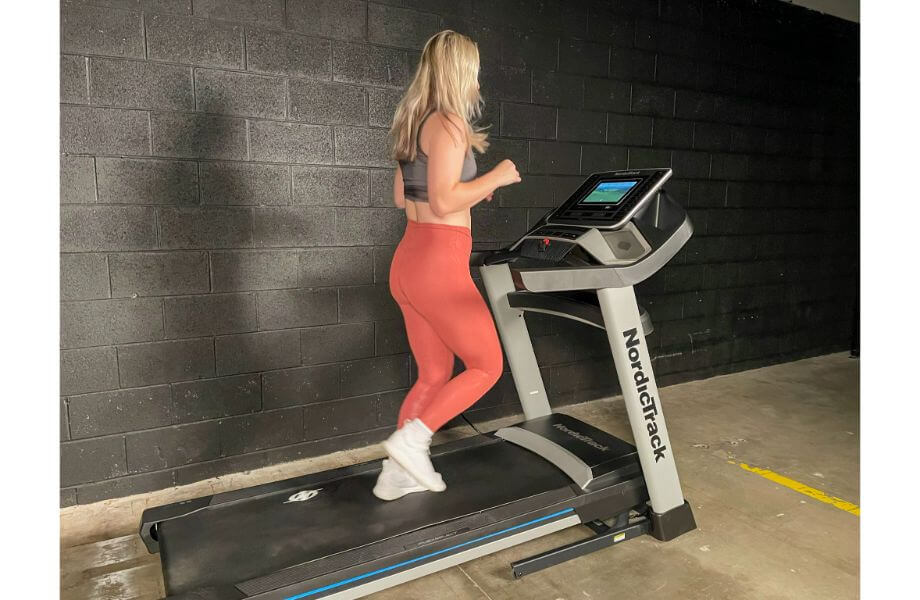
Common Injuries Associated with Poor Running Form
As if you need more reasons to use good form, here are some of the most common injuries that can occur if you’re running with bad form:
- Joint pain
- Back soreness
- Tendonitis
- Knee and ankle stiffness
- Straining of the groin
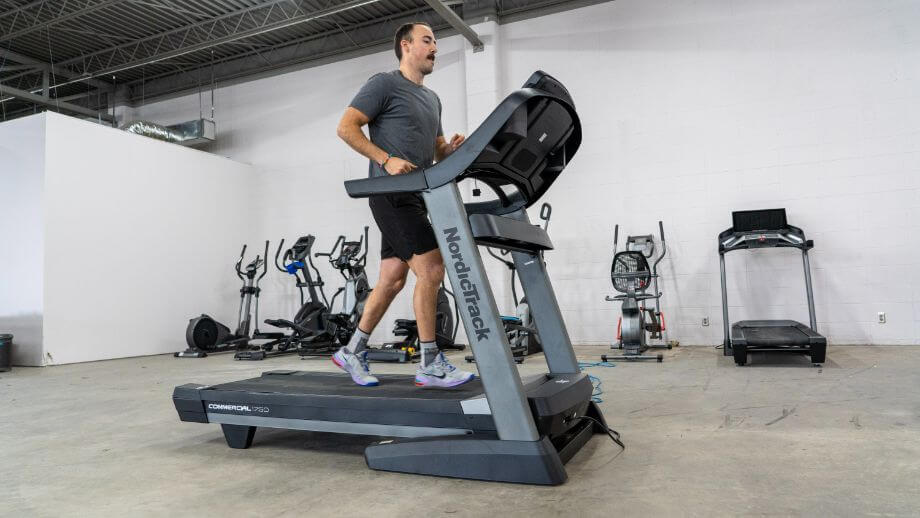
Running Form Glossary
New to running and not sure what all of these complicated phrases and words mean? Don’t stress, I have you covered. Check out a few of the buzzwords you may see when researching running tips:
- Foot strike: The place and way the foot hits the ground during a run
- Heel strike: The heel hitting the ground first during a run
- Midfoot strike: The middle of the foot hitting the ground first during a run
- Forefoot strike: The ball of the foot hitting the ground first during a run
- Overuse injuries: Injury or strain that is caused by repeated, frequent stress to the muscle, nerve, ligament, or joint
- Running cadence: How many times your feet strike the ground within a minute
- Running economy: How efficient a person is at using energy/consuming oxygen as it relates to their running speed
- Overstriding: Stepping too far out from the runner’s center of mass
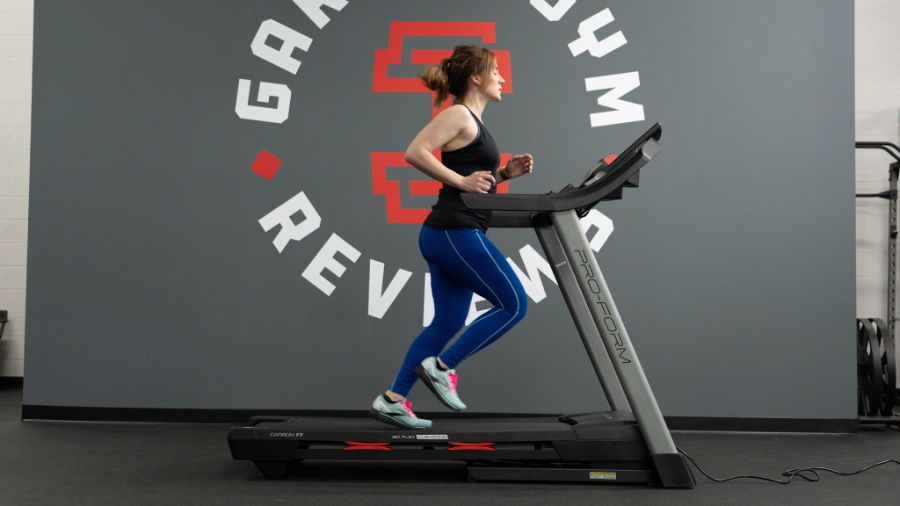
Tip #1: Check Your Arm Swing
I often see new runners move their arms from side to side when running. Although this can feel natural, you’re actually working against yourself. When you move your arms horizontally across the plane of your body, you’re giving momentum to a place that doesn’t need it (and expending unnecessary energy).
RELATED: Is Running Bad For You?
Your arms can be a great tool to propel yourself forward at the end of a challenging run, but only if they’re in the correct position. Practice keeping your elbows at a 90-degree angle and driving with your shoulders backwards with each stride.
Pro tip: Practice your arm drive by sitting on the ground. Eliminate the running component and master the arm technique before incorporating it into your treadmill workout.
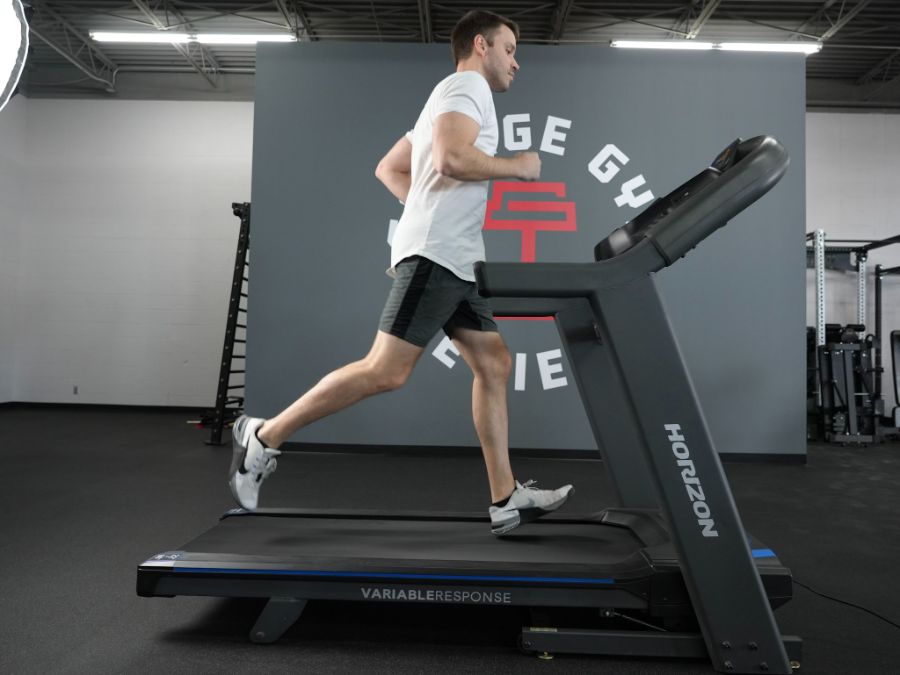
Tip #2: Breathe Properly
Do you ever see new runners breathing like open-mouthed sea creatures? Although this can be common practice, it isn’t the best option to get oxygen during a run. The American Lung Association recommends taking “three steps as you inhale and two steps as you exhale in order to fuel your muscles.”
Although studies have shown that breathing solely through your nose can be good while running, it doesn’t have to be the only way to go about things. If you also need to utilize breathing through your mouth during high-intensity sprints or more challenging sessions, it isn’t a bad idea, especially for a beginner.
Pro tip: Focus on breathing deeply using your diaphragm. This is best for rhythmic breathing. For more tricks on how to breathe using your diaphragm during a run, check out this video from CHI Health.
Tip #3: Keep Your Gaze Steady
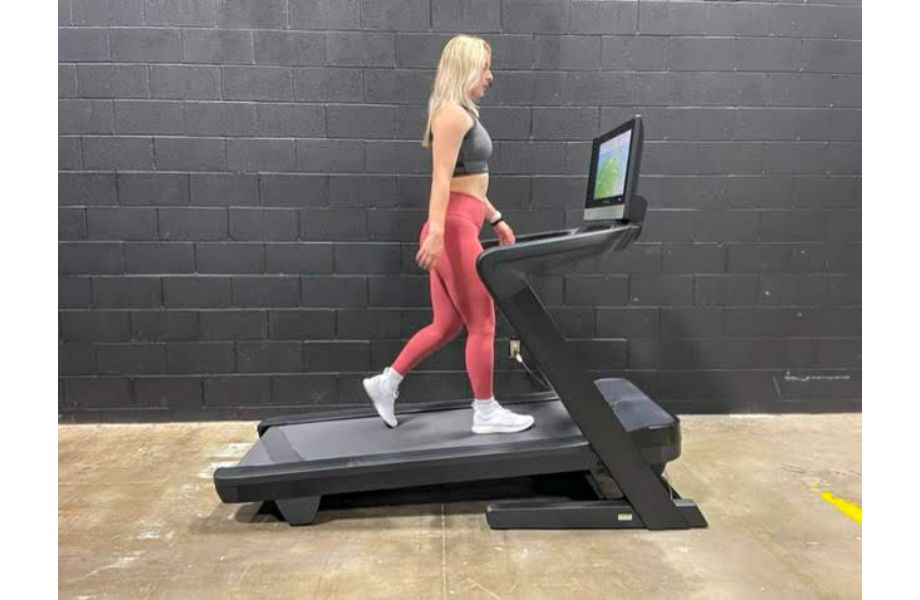
Although it can be tempting to stare at the ground during a run, experts don’t recommend it.
“Keep your gaze fixed ahead of you,” certified personal trainer Anthony O’Reilly explains. “This will prevent your shoulders from rolling forward into a curved position, which could cause injury during a run.”
Plus, if you’re staring at the ground, you could miss obstacles or people in your path. Heck, I’ve even seen my dog run head-first into a recycling bin because he was so intent on keeping his nose to the ground.
Pro tip: Remember, you’re a badass, not a shriveled taco. Run with pride and keep your head up instead of down.
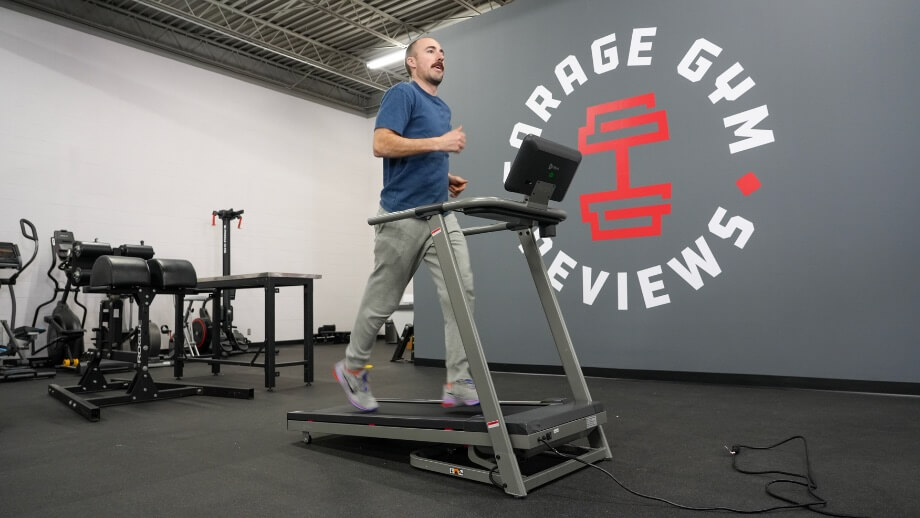
Tip #4: Stride Quickly
According to a study featured in Sports Health, “an increased stride rate (reduced stride length) appears to reduce the magnitude of several key biomechanical factors associated with running injuries.”
Instead of lengthening your stride to cover more ground, it is in your best interest to take shorter, quicker steps to reduce the impact your joints feel. With time and practice, this will feel more natural than overstriding.
Once you’re comfortable with having a quicker foot turnover while running, try to see how many steps you take in a minute. Fitness trackers, like those specifically designed for running from Garmin, can track this for you. Don’t have access to a tracker? No sweat. Although it was accepted for years that 180 steps per minute is optimal, professionals have found that what’s optimal truly varies from person to person. Find what works for you and stick with it.
Pro tip: To practice getting more steps per minute, turn to Spotify. Weird, I know, but Spotify has a variety of playlists that cater specifically to runs within the 160-180 SPM range. Work on stepping to the beat of the songs you’re listening to––you’ll likely find it is easier to implement with some sort of guidance from music.
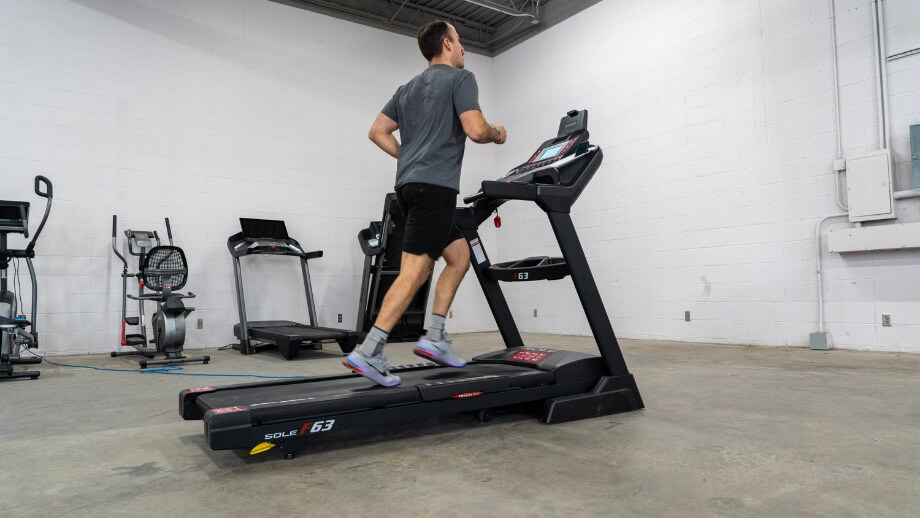
Tip #5: Engage Your Core (And Lean?)
Engaging your core while running can help you keep proper form throughout your workout. After all, if you engage your core muscles, you automatically set your shoulders back and keep your chest proud. If you are unable to engage your core muscles for long periods of time, building core strength through strength training may be a good idea.
When running, most experts recommend utilizing a slight forward lean that comes from the hips to promote a better range of motion. However, since this range is only supposed to be between 5 to 7 degrees, it isn’t a huge deal if you don’t remember as a beginner runner.
Pro tip: I like to use the cue “pull your belly button to your spine” as a way to remind myself (and others) to engage the core during a run.
Midfoot, Forefoot, or Heel Strike?
Although plenty of people coach on striking midfoot, a 2017 study demonstrated that “changing to a mid- or forefoot strike does not improve running economy.” In fact, runners may actually put unneeded strain on their joints and ligaments because it is unfamiliar to their body. As Amanda said above, do what’s best for your body and don’t force a specific type of strike.
Good Running Form for Beginners FAQs
How do I run without getting tired?
Depending on the type of run you’re doing, getting tired might be a natural reaction to the workout. If you’re completing an easy run at a slower pace and still find yourself tired, you may be training too frequently.
Just as not training enough can be detrimental, running too frequently at a pace that is too intense isn’t helpful either. Find a way to strike a healthy balance between pushing yourself and resting.
If this isn’t the case, you may just need to continue building your stamina to avoid dragging every run. Incorporate speed work into your sessions to increase your VO2 max before jumping into longer endurance-based runs.
How do you breathe when running?
Although it may feel natural to breathe out of your mouth like a fish out of water, studies suggest this isn’t best practice. According to a study done by Colorado State University, “nasally restricted breathing patterns may be successfully utilized by recreational runners as means of improving health, without sacrificing performance ability, following an extended period of time spent adapting to this practice.” In short, breathe through your nose while you run. Don’t open your mouth and gasp for air
How can I master proper running form?
If you’re a visual learner, I recommend watching running form YouTube videos like those from the Global Triathlon Network. They can direct you on how to perfect your arm drive, running posture, and lean.
If you’re really serious about learning correct running techniques, invest in a few hands-on sessions with a running coach. They’ll be able to evaluate your personal form and help you make tweaks to get the most out of your run.
What things will put me at a risk of injury when running?
If you overtrain, you’ll likely get an overuse injury at some point. It is wise to take steps to (hopefully) prevent injury such as:
Taking time to complete a warm up
Purchasing running shoes that fit well
Interspersing long-distance runs with speed work
Varying your training plan by adding strength training
Seeing a physical therapist when needed
Practicing the correct running form
Engaging your glutes, hamstrings, and lower body when running


